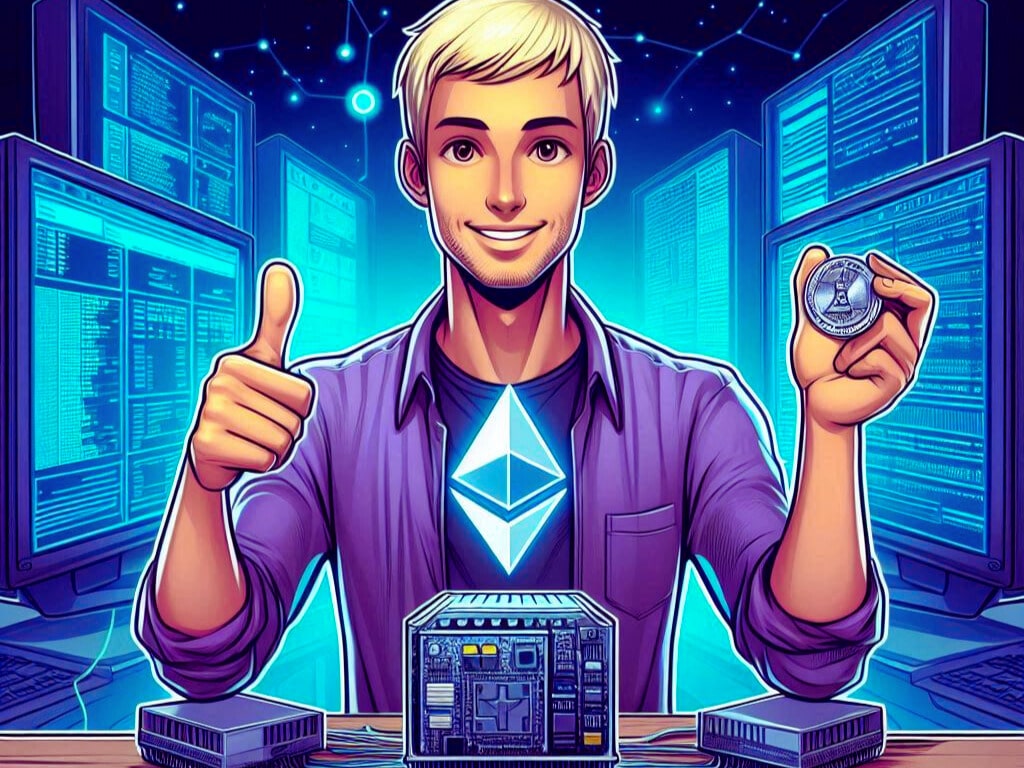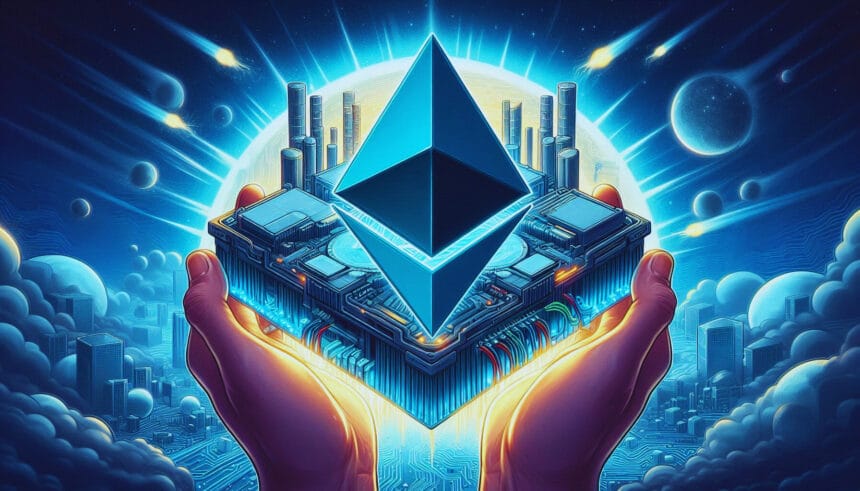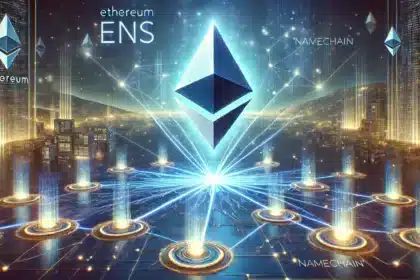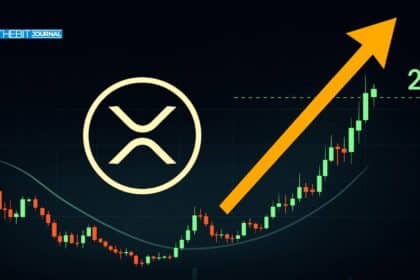Vitalik Buterin has announced a new phase called “The Verge” in a more ambitious stage of Ethereum’s development roadmap. This will be aimed at slashing the hardware requirements necessary to verify transactions. The proposal intends to bring blockchain participation no matter where you are, all the way down to smart watches, by introducing Ethereum stateless clients and cryptographic advancements like SNARKs that help turn Ethereum into an entirely new kind of network.

Ethereum Stateless Clients
One of the greatest issues with Ethereum is its demands on resources, and stateless clients are a solution to what congests the network in large part. Today, even syncing a full Ethereum node takes more than 1 TB of storage space, and that is becoming an increasingly prohibitive factor for livenet validators. A stateless client would allow participants in the Ethereum network to check everything needing only a couple of gigs, effectively lowering the threshold for hardware requirements.
As Buterin wrote in a blog post on October 23, this focus dovetails with the Ethereum mission of decentralization. As the network grows, so does its security and decentralization. A resultant effect is due to cheaper entry barriers in terms of both cost & node maintenance complexity, for which many more people can afford to participate as validators even when demand also exponentially increases.
The Role of SNARKs in Ethereum’s Future
SNARKs (Succinct, Non-interactive Arguments of Knowledge) are a crucial element in this evolution. With these superior cryptographic instruments, parties can verify that a transaction is in fact represented on the blockchain without having to download and replicate the entire ledger. According to Buterin, “download some data, verify a SNARK; done!” This innovation can reduce laborious and slow transaction validation down to a lightweight, cheap process.

SNARKs is by a long shot the most popular mitigation of improving confidentiality and scalability. Since users do not have to work on the whole blockchain, transaction verification might be possible via small devices such as smartwatches or other physical gadgets. It marks another milestone for the public mainnet — a level of accessibility previously unseen on the blockchain.
Democratizing Network Participation
Vitalik Buterin has promised that “The Verge” will scale Ethereum while still remaining decentralized. Previous stages of Ethereum have brought about substantial changes: “The Merge” led to the move to proof-of-stake (PoS), and Layer 2 rollups and sharding via “The Surge” enabled execution on layer-2, scale up to 100k tps.
The Verge improves on this progress by allowing everyday users to also participate in network security as validators. This is to One Up Ethereum and make participation in the project’s consensus mechanism no longer a part of those who possess huge machines. Ethereum stateless clients enable a greater number and range of people to join the network, thus creating a more decentralized space where everyone can participate while at the same time continuing the growth pattern necessary in blockchain systems.
Ethereum’s Roadmap: Scaling with Integrity
The Verge is just one small (but significant) piece of a broader vision set out for Ethereum that stretches far beyond scaling and seeks to make sure the network remains open and decentralized. The Merge and The Surge have been flexible strategies that address many of the low-level changes needed to make transactions faster whilst using significantly less energy. Future phases, including The Purge, which will reduce historical data bloat on the network, are expected to unlock more performance and scalability.

On the finer level, the Ethereum roadmap is constructed not just to add functionality that its current users need but also to offer expectations for future adopters. If blockchain technology is going to be a trend, then Ethereum will need to continue its scaling effort and push for user-friendliness in order to stay relevant within the industries it has become adopted into. With Ethereum addressing hardware efficiency and decentralization today, it ensures the ability to grow without significant concessions in terms of security or centralization.
The Path Forward with The Verge
With Ethereum stateless clients and the implementation of SNARKs, it is believed that Buterin has a vision for making the blockchain on which ETH is based more user-friendly without compromising what makes it decentralized. Ethereum, therefore, gets one step closer to a truly global, decentralized platform that can serve all users, from the smallest of casual browsers up to industry behemoths and beyond, with no compromise on security or scalability.
Stay informed with TheBITJournal for the latest updates and insights in the cryptocurrency ecosystem. Follow us on Twitter and LinkedIn, and join our Telegram channel to be instantly informed about breaking news!





























